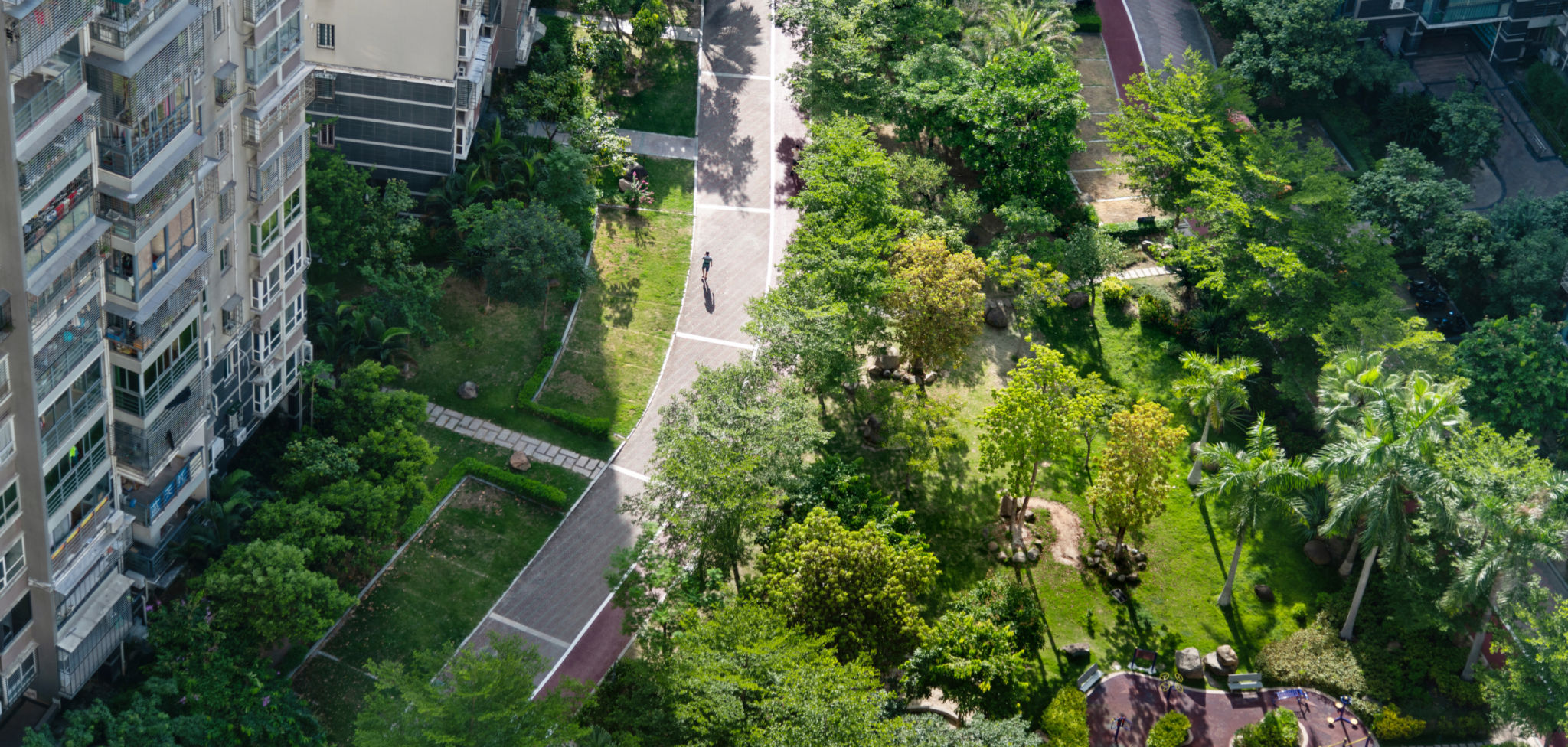A Guide to Eco-Friendly Practices in Senior Housing
Understanding the Importance of Eco-Friendly Practices in Senior Housing
As the global community becomes increasingly aware of environmental issues, the demand for eco-friendly practices in various sectors, including senior housing, has grown. Implementing sustainable practices in senior living environments not only benefits the planet but also enhances the quality of life for residents. By focusing on eco-friendly initiatives, senior housing communities can reduce their carbon footprint and promote a healthier living space.

Energy Efficiency: A Key Component
One of the most effective ways to promote eco-friendliness in senior housing is through energy efficiency. This can be achieved by installing LED lighting, using energy-efficient appliances, and implementing smart thermostats to regulate temperature. These measures not only reduce energy consumption but also result in significant cost savings over time. Engaging residents in energy-saving practices, such as turning off lights when not in use, can further enhance these efforts.
Water Conservation Techniques
Water conservation is another critical aspect of sustainable living. Senior housing facilities can install low-flow toilets, faucets, and showerheads to reduce water usage. Additionally, using drought-resistant landscaping and rainwater harvesting systems can significantly minimize water waste. Educating residents about the importance of water conservation can also encourage responsible usage.

Waste Management and Recycling
Proper waste management and recycling are essential components of an eco-friendly senior housing community. Implementing a comprehensive recycling program helps reduce landfill waste and promotes resource conservation. Facilities can provide designated recycling bins and educate residents on what can be recycled. Composting organic waste is another effective way to minimize waste and create nutrient-rich soil for gardens.
Incorporating Green Spaces
Green spaces contribute to both environmental sustainability and the well-being of residents. By incorporating gardens, green roofs, and outdoor spaces, senior housing communities can enhance the aesthetic appeal and promote relaxation. These areas provide opportunities for physical activity, social interaction, and connection with nature, all of which are beneficial for seniors' mental and physical health.

Sustainable Building Materials
When constructing or renovating senior housing facilities, choosing sustainable building materials is crucial. Materials such as bamboo, reclaimed wood, and recycled metal are excellent options due to their low environmental impact. Additionally, using non-toxic paints and finishes can improve indoor air quality, creating a healthier environment for residents.
Promoting a Culture of Sustainability
Creating an eco-friendly senior housing community requires the active participation of both staff and residents. Hosting workshops and educational sessions on sustainability can foster a culture of environmental awareness. Encouraging residents to participate in community gardening projects or volunteer for local environmental initiatives can further strengthen this commitment.
The Benefits of Eco-Friendly Senior Housing
Implementing eco-friendly practices in senior housing offers numerous benefits beyond environmental impact. Residents often experience improved health outcomes due to better air quality and increased physical activity from engaging with green spaces. Additionally, cost savings from reduced utility bills can be redirected towards enhancing services or amenities for residents.

In conclusion, adopting sustainable practices in senior housing is not just an environmental imperative but also an opportunity to enhance the quality of life for seniors. By focusing on energy efficiency, water conservation, waste management, green spaces, and sustainable materials, these communities can lead the way in promoting a healthier, more sustainable future.